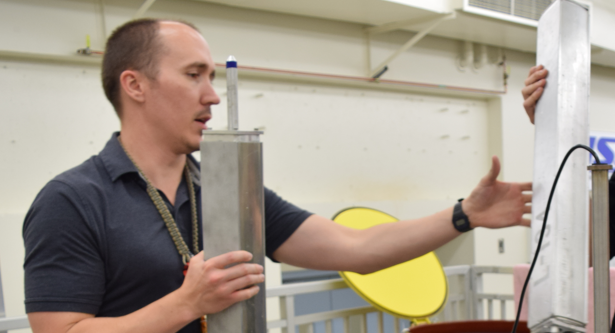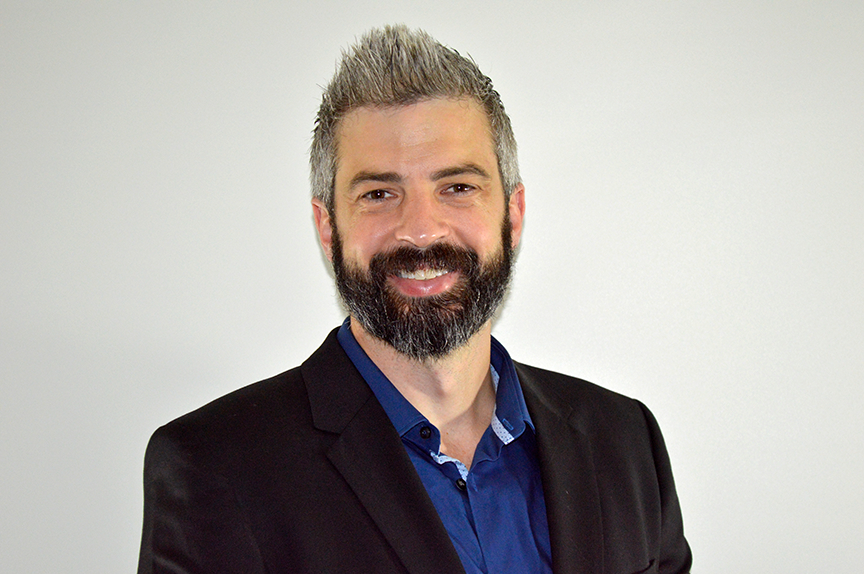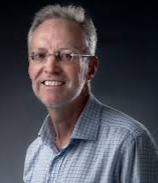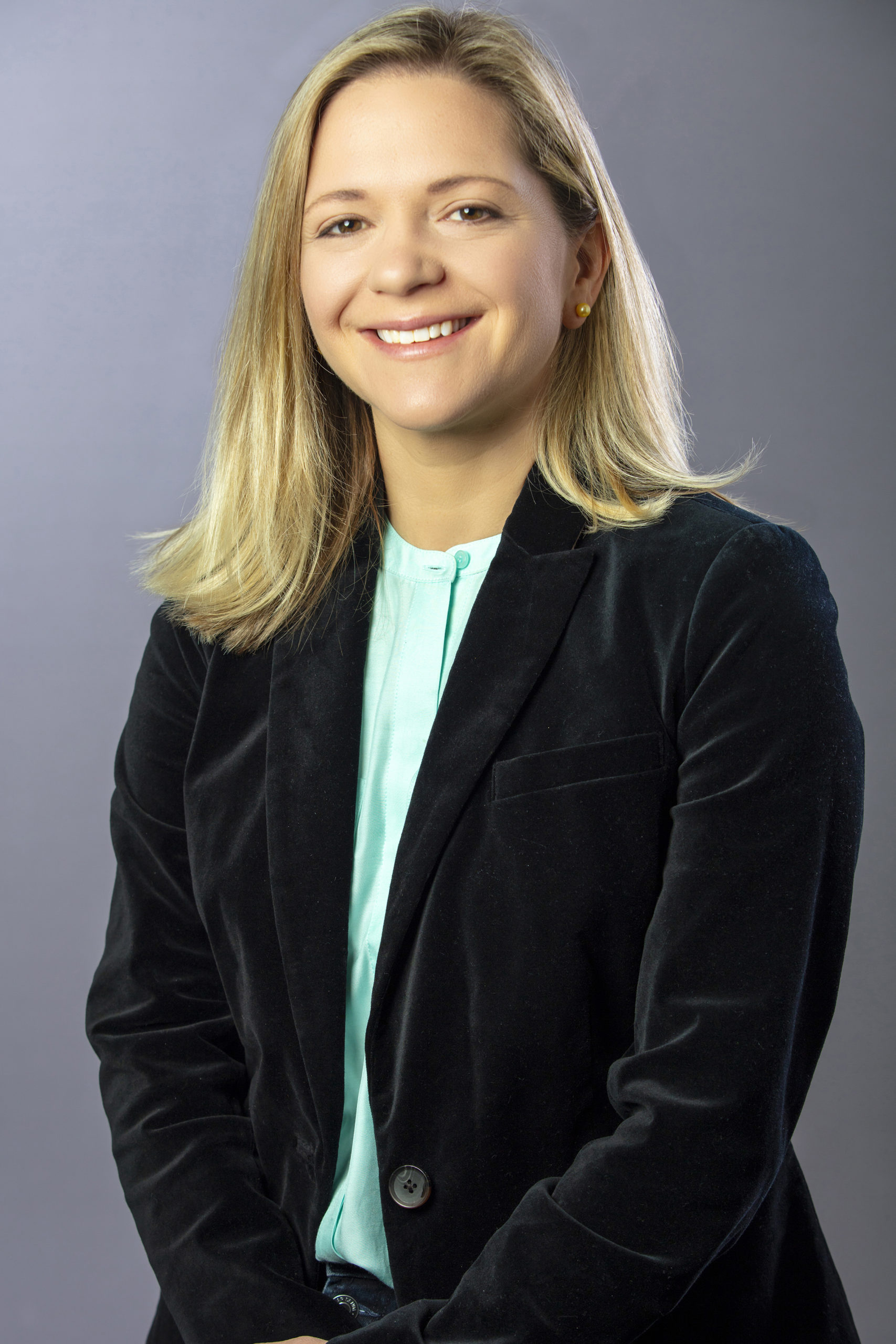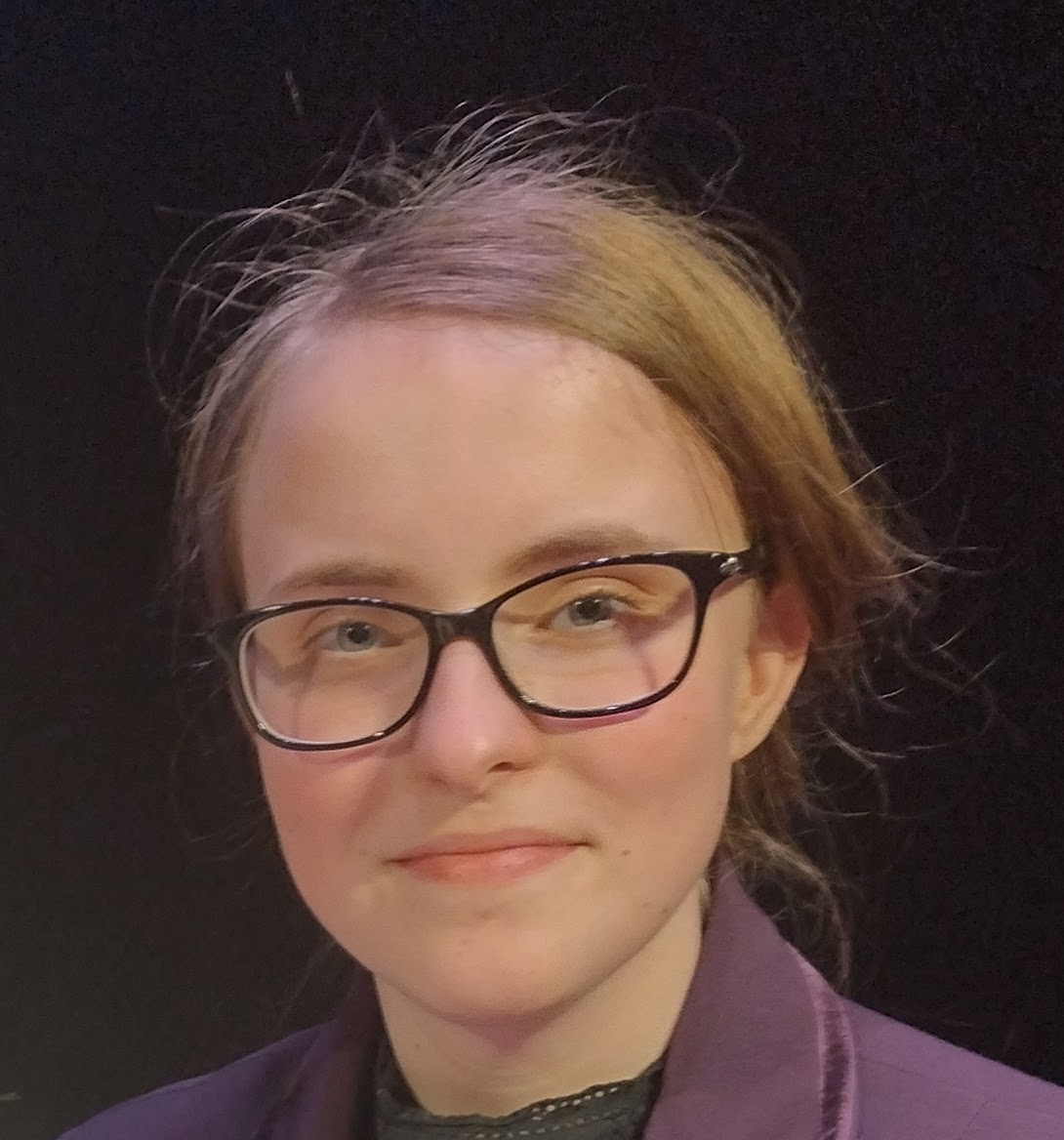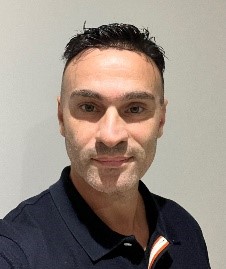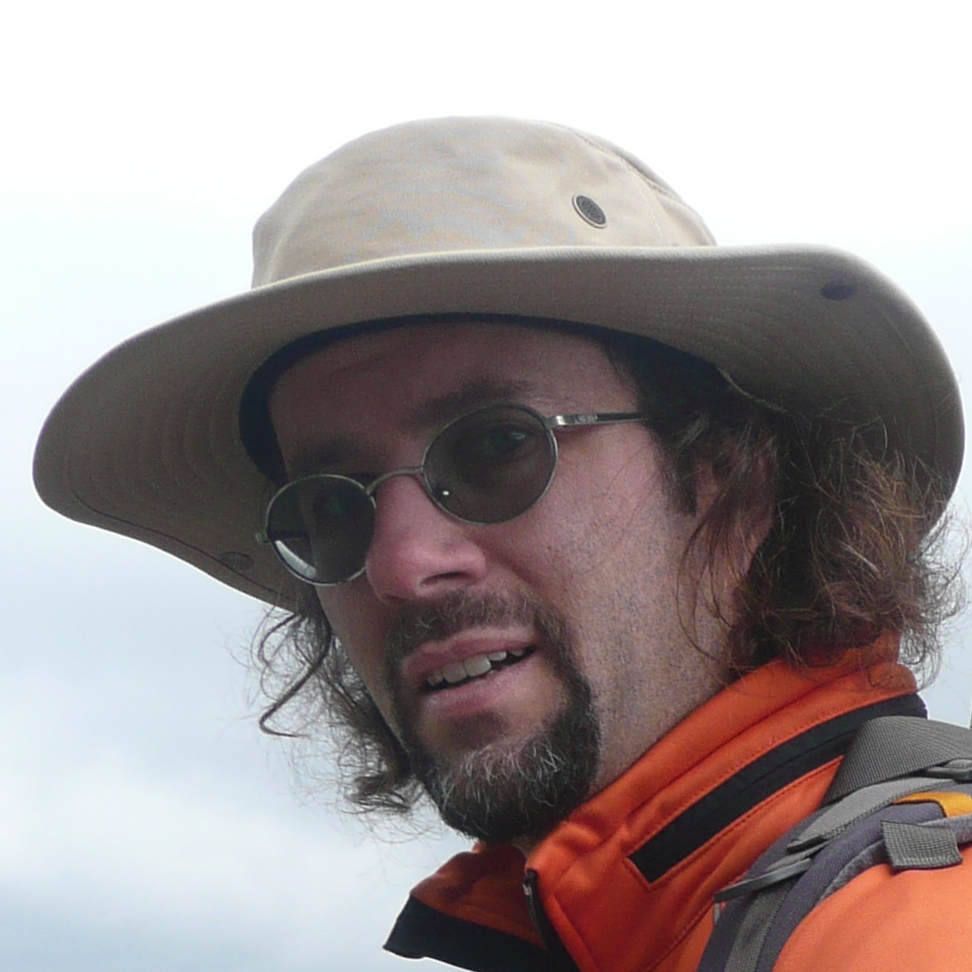Managing Operational Risk in Nuclear Facilities with TensorFlow
3105 Etcheverry Hall 3105 Etcheverry Hall, Berkeley, CA, United StatesWilliam Zywiec Staff Scientist and Group Leader in the Nuclear Criticality Safety Division at Lawrence Livermore National Laboratory Abstract: Since the discovery of fission and subsequent first criticality of Chicago Pile-1, more than 60 criticality accidents have occurred throughout the world. These accidents are divided into two categories: those that occur during critical experiments or …

